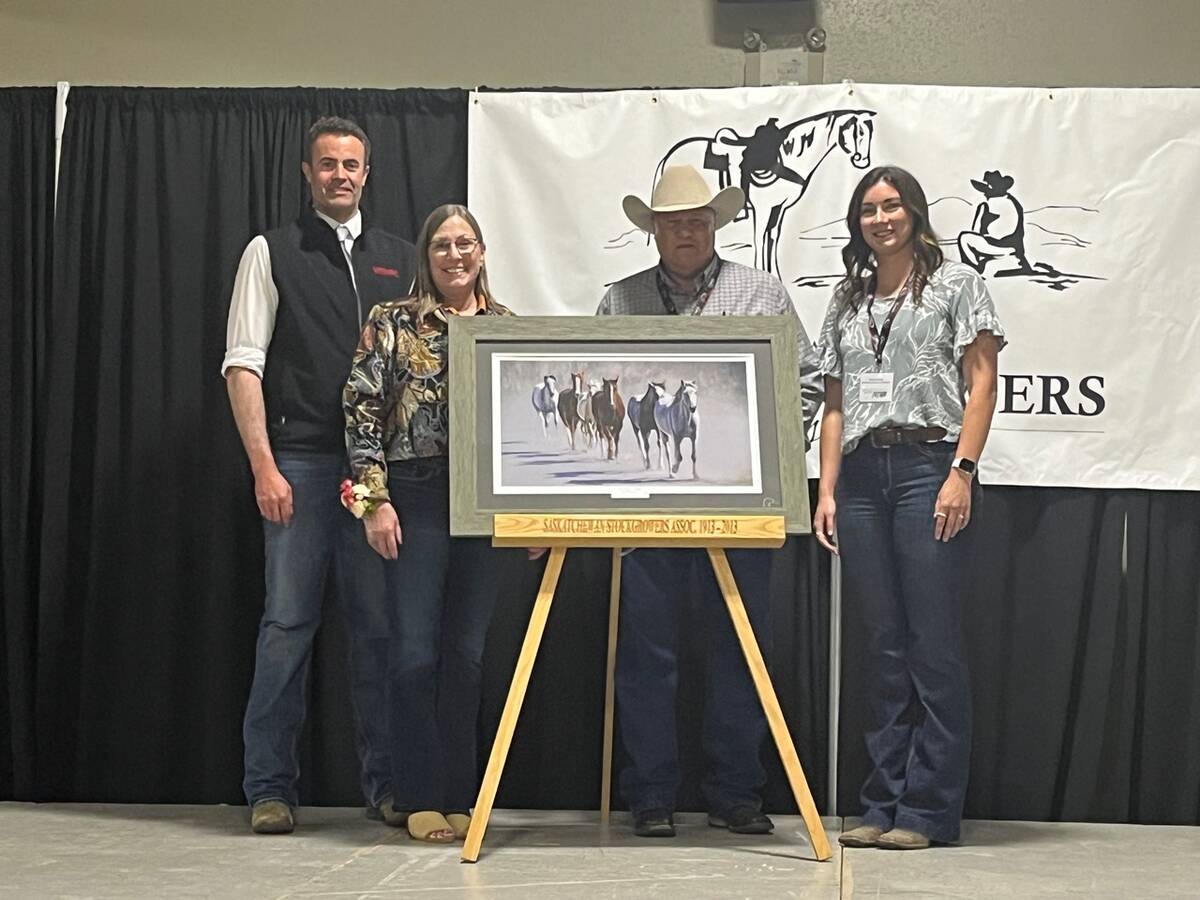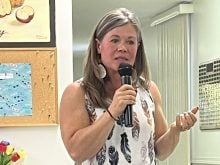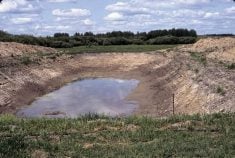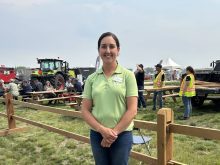MOOSE JAW, Sask. — Mark and Karin Elford have been named Saskatchewan TESA winners for 2025.
The couple, who ranch at Killdeer, will represent the province when The Environmental Stewardship Award is presented at the Canadian Cattle Association semi-annual meeting in Quebec in September.
“Mark has always believed that it is the grass that looks after the cattle and the ranchers, not the other way around,” Mindy Hockley-Anderson from the Saskatchewan Stock Growers Foundation said during the announcement.
Read Also

Crop quality looks good this year across Prairies
Crop quality looks real good this year, with the exception of durum.
The Elford ranch is about 5,000 acres of primarily native grass just north of the Montana border. It sits at an elevation of 3,000 feet, and several miles of the West Poplar River flow through it.
“I love where we live,” Mark said in an interview.
It is their “retirement” ranch. Originally Elford set up a large ranch at McCord west of the current one to work with sons Colby and Kelcy.
“That was my dream. It wasn’t theirs,” he said.
So that property was sold and he and Karin took 250 cows to the new place, where they set about improving it.
“I knew it had potential, and so we started rest and rotate.”
They fenced the ranch into smaller areas and fenced off the river.
The cows calve away from the river, and that land is rested for 22 months before it’s used again. The rested areas are also rotated.
Elford said he is acutely aware that what is going on underneath the soil in terms of root development and microbes is more important than what is happening on top with plant growth.
Although the ranch is well-watered for livestock, the dry conditions this year have stressed the grass. The June grass had tiny seed heads early, and needle and thread grass was changing colour in early June.
Elford said he will move cow-calf pairs to another property southwest of Moose Jaw to take the pressure off the fragile ecosystem. Others are going to auction.
He also said that ranching at the high elevation means a short window for frost-free days, which also affects the grass.
The Elfords are participating in a Bird Friendliness Index pilot project with the SSGF and Birds Canada, and that’s how the TESA nomination came about.
Hockley-Anderson said when the SSGF went out to assess the ranch for the project, only a handful of 33 sites were slightly less healthy due to lack of rainfall.
She said it is evident Elford’s grass management is working.
Elford said it has taken years to get desirable grass species back, and he will have to put cows in some areas where he would rather not because he doesn’t have a choice. He will supplement with lick tubs.
“I’m just concerned right now to get to weaning and then we can make decisions,” he said.
The Bird Friendliness Index Incentive pilot provides funding to landowners for habitat.
SSGF general manager Brant Kirychuk said Birds Canada is worried about the 67 per cent decline in bird populations since 1970. Landowners in the fully subscribed pilot sign an agreement with the SSGF and receive per acre payments if they meet bird-friendly biodiversity goals.
The entire farm or ranch is evaluated for number of birds, species and conservation status. That operation is also connected to the surrounding area, and a score is developed for regional context, he said.
The scale is zero to one; anything above .5 is considered excellent bird habitat and triggers the payment.
Kirychuk said the pilot is intended to lay the groundwork for a wider program in future.
“It’s not a huge incentive payment at this point, but if we can prove out this pilot, we’re hoping this payment could be increased,” he said.
















